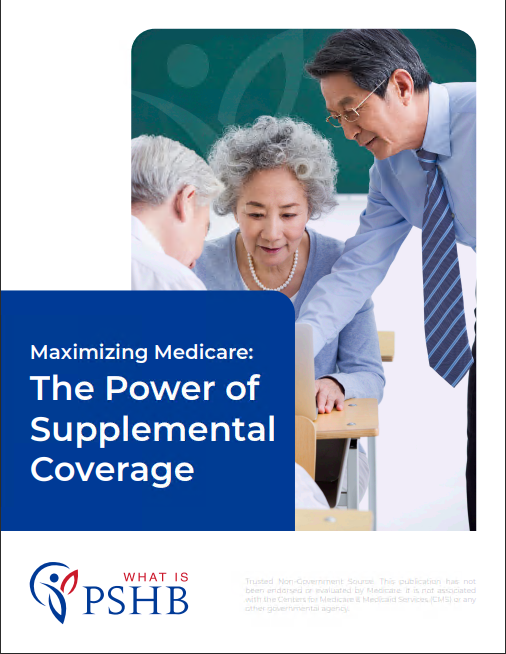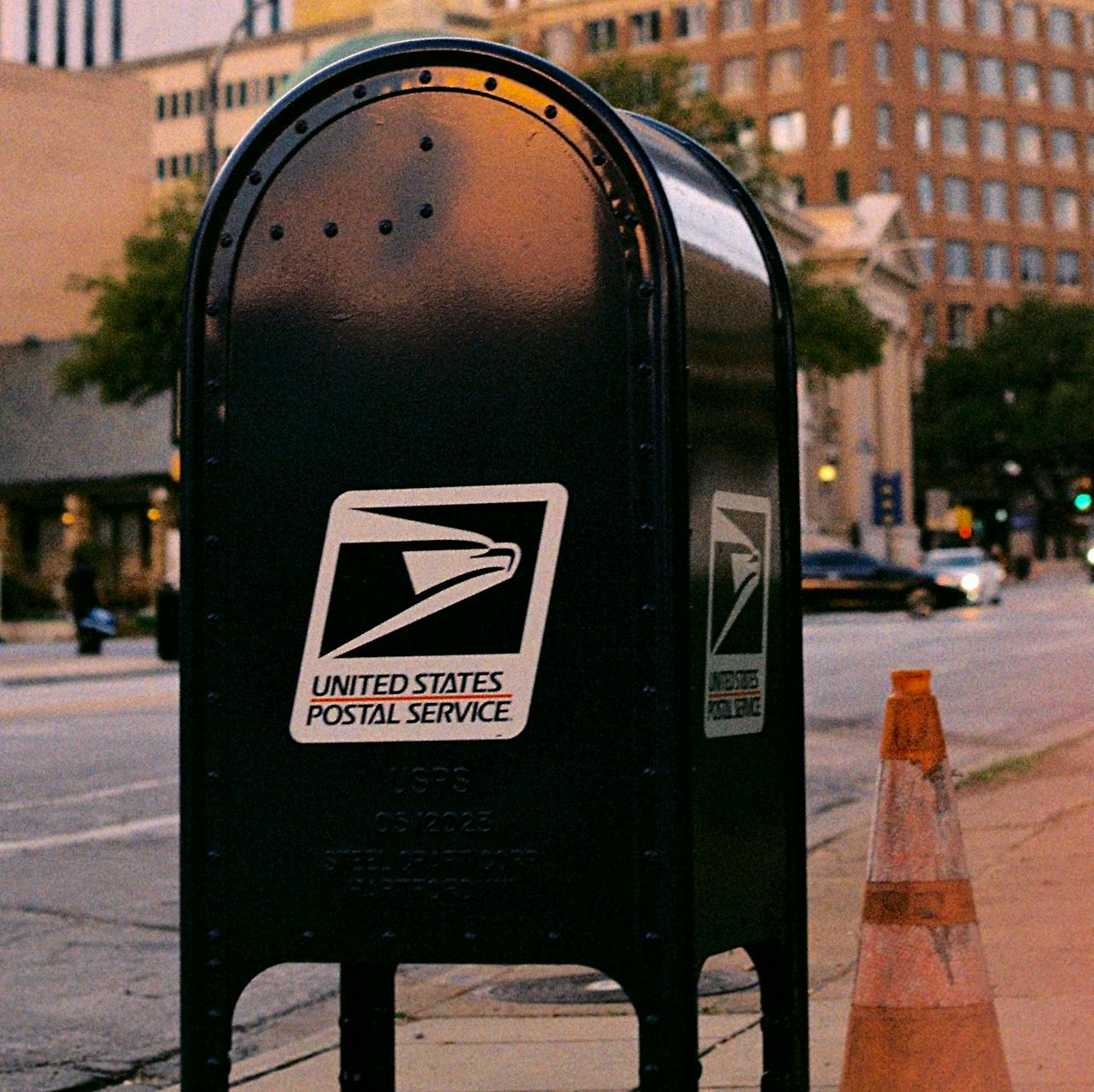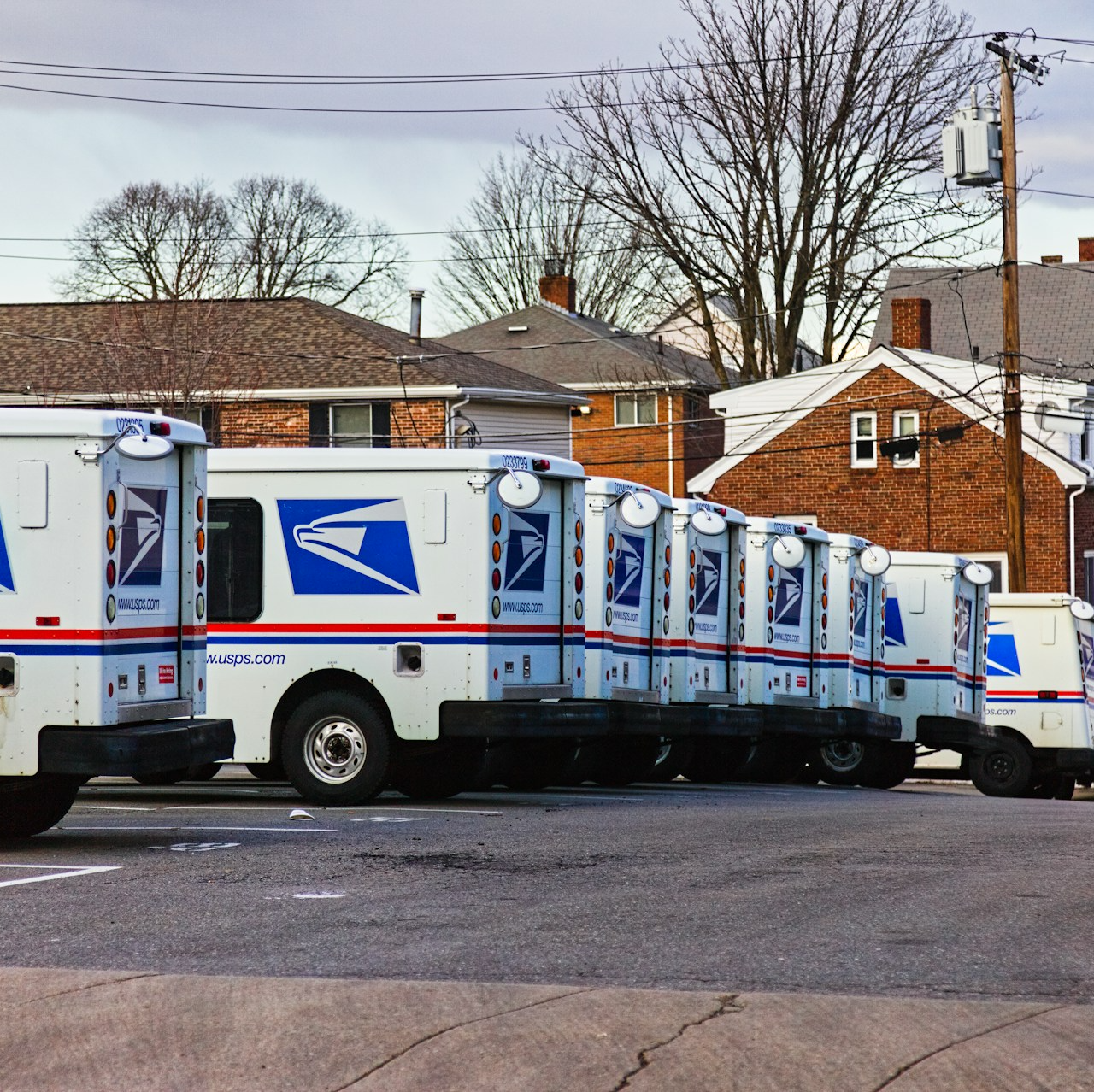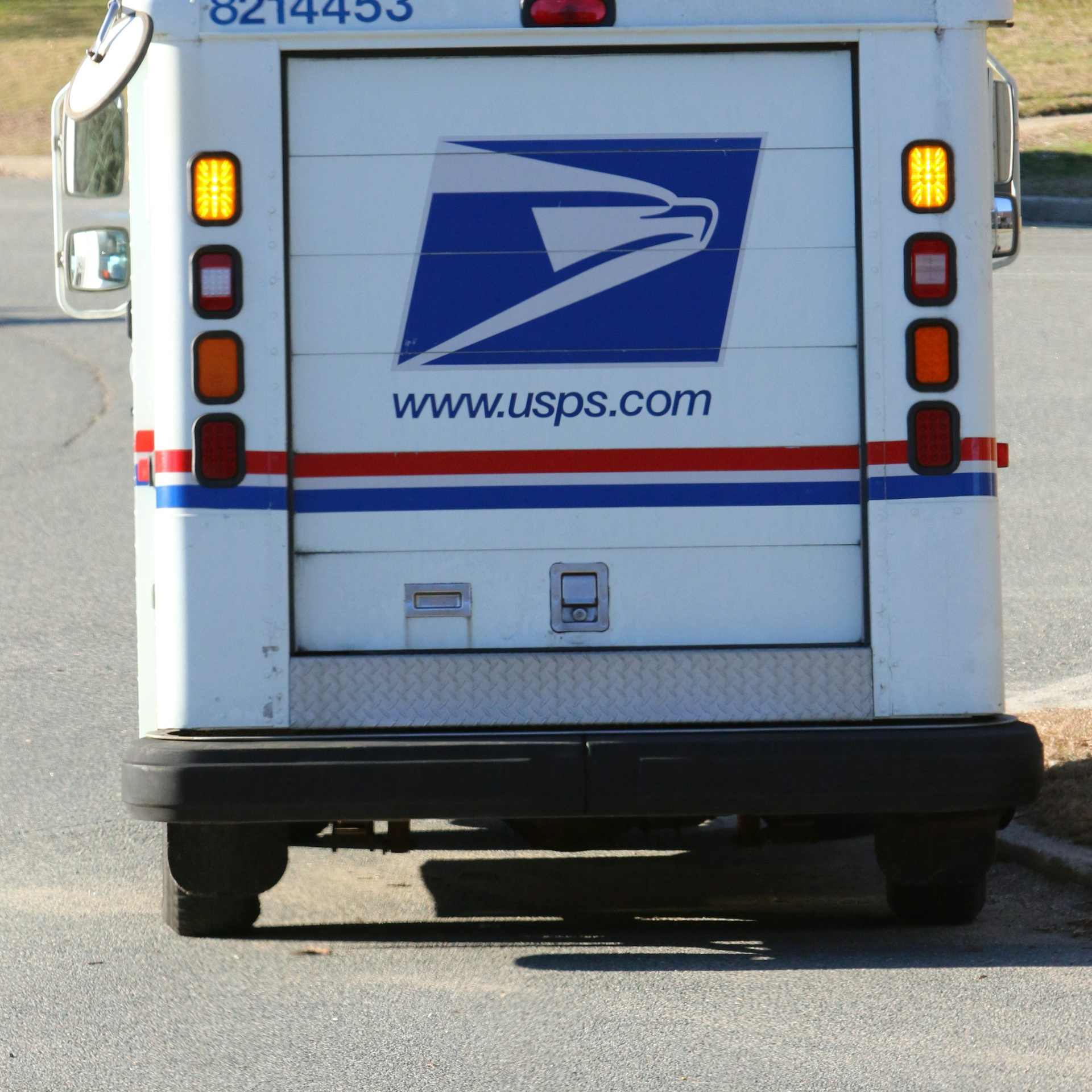Key Takeaways:
- The transition from FEHB to PSHB introduces significant changes for postal employees, including how health benefits are managed and accessed.
- Postal employees need to understand the differences between PSHB and FEHB to make informed decisions about their health coverage starting in 2025.
How PSHB Differs from FEHB: What’s Changing for Postal Employees?
The U.S. Postal Service (USPS) is undergoing a significant transformation in the way its employees and retirees access health benefits. This change is driven by the shift from the Federal Employees Health Benefits (FEHB) program to the newly created Postal Service Health Benefits (PSHB) program. With this transition slated to take full effect in January 2025, it’s essential for postal employees and retirees to understand how PSHB differs from FEHB and what changes they should expect. This article provides a comprehensive look at the differences between these two programs, highlighting key points that postal employees need to consider.
The Creation of PSHB: A Necessary Shift
The PSHB program was established as part of the Postal Service Reform Act of 2022, a critical piece of legislation aimed at addressing the financial challenges facing the USPS. The Act mandated the creation of a separate health benefits program for postal employees and retirees, distinct from the FEHB program that covers other federal employees. The rationale behind this move was to create a system more tailored to the unique needs and demographics of the USPS workforce, while also helping to reduce the financial burden on the federal government.
Key Differences Between PSHB and FEHB
Eligibility and Enrollment
One of the most notable differences between PSHB and FEHB is the eligibility criteria. Under the FEHB program, all federal employees, including postal workers, were covered under the same umbrella. However, with the introduction of PSHB, only USPS employees and retirees are eligible for this program. This means that starting in 2025, postal employees will no longer have the option to enroll in FEHB plans.
Enrollment in PSHB will begin during a special open season in late 2024, with coverage effective starting January 1, 2025. All current postal employees and retirees will need to make a selection during this period, as their FEHB coverage will not automatically transfer to the new PSHB program. Failure to enroll in a PSHB plan could result in a lapse of health coverage, making it imperative for USPS workers to actively participate in the enrollment process.
Medicare Integration
Another significant change under the PSHB program is its integration with Medicare. Unlike the FEHB program, where postal retirees had the option to enroll in Medicare but were not required to, PSHB mandates that all Medicare-eligible retirees enroll in Medicare Part A and Part B. This change is designed to reduce the overall cost of the PSHB program by shifting some of the health care expenses to Medicare, which is a federal program.
For retirees, this means that starting in 2025, they must be enrolled in both Medicare Part A and Part B to participate in PSHB. This requirement could impact those who had previously chosen not to enroll in Medicare Part B due to the additional premium costs. As a result, retirees will need to reassess their healthcare strategies and consider the implications of this mandatory Medicare enrollment on their overall health care expenses.
Plan Options and Coverage
The PSHB program is expected to offer a variety of health plans, similar to those available under FEHB, but with some notable differences tailored to the needs of postal employees. While the specifics of the plans are still being developed, it is anticipated that PSHB will include options that cater specifically to the needs of USPS workers, including potentially lower premiums and more extensive coverage in areas with high concentrations of postal employees.
One of the goals of the PSHB program is to provide more cost-effective and comprehensive coverage tailored to the postal workforce. This could include plans that are better suited to the unique health risks and requirements of postal workers, who often face demanding physical conditions in their daily work. Additionally, PSHB plans may offer enhanced benefits that were not available under FEHB, though the exact details will be revealed closer to the program’s launch.
Impact on Retirees
For retirees, the transition to PSHB represents a significant change, particularly in terms of how their health coverage is structured. Under FEHB, retirees had the option to continue their health coverage indefinitely, even if they chose not to enroll in Medicare Part B. However, under PSHB, enrollment in Medicare Part A and B becomes a prerequisite for participating in the program, which could lead to increased out-of-pocket costs for some retirees.
Additionally, the new PSHB plans may offer different benefits and coverage levels compared to what retirees were accustomed to under FEHB. This means that retirees will need to carefully review their options during the open season in late 2024 to ensure they select a plan that meets their healthcare needs and budget.
Timeline and Implementation
The transition from FEHB to PSHB will occur in stages, with several key dates to keep in mind. The first significant milestone is the special open season for PSHB enrollment, which is expected to take place in late 2024. During this time, all current postal employees and retirees must select a PSHB plan to ensure they have continuous coverage starting January 1, 2025.
In preparation for this transition, the USPS and the Office of Personnel Management (OPM) will provide detailed information and resources to help employees and retirees understand their options and make informed decisions. This will include comparison tools, plan details, and cost calculators to assist in selecting the most appropriate PSHB plan.
What Postal Employees Should Do Now
With the transition to PSHB on the horizon, postal employees and retirees should take several proactive steps to prepare for the upcoming changes. First, it’s essential to stay informed about the latest developments regarding PSHB and the specific plans that will be available. This includes keeping an eye on official communications from the USPS and OPM, as well as attending any informational sessions or webinars offered in the lead-up to the open season.
Second, postal employees should begin evaluating their current health coverage needs and how these might change in the coming years. For retirees, this means considering the implications of mandatory Medicare enrollment and how it will impact their overall healthcare strategy. Employees should also explore the potential costs and benefits of the new PSHB plans compared to their current FEHB coverage.
Finally, it’s crucial to mark the dates for the special open season on your calendar and ensure that you are prepared to make a timely decision. Missing the enrollment window could result in a gap in coverage, so it’s important to be proactive and complete the necessary steps to enroll in a PSHB plan.
Preparing for the Future
As USPS employees and retirees prepare for the transition to PSHB, understanding the differences between this new program and FEHB is crucial. The changes introduced by PSHB, particularly the mandatory Medicare enrollment and the tailored plan options, represent a significant shift in how postal workers will manage their health care. By staying informed and taking proactive steps, postal employees can navigate this transition smoothly and ensure they continue to have access to the healthcare coverage they need.
For many postal employees, the move to PSHB may represent an opportunity to obtain more cost-effective and comprehensive health coverage. However, it also requires careful consideration and planning to ensure that the new plans align with individual health needs and financial situations. The USPS and OPM will provide the necessary resources to assist employees and retirees during this transition, but it’s ultimately up to each individual to take charge of their healthcare decisions.
Final Thoughts on PSHB and Its Implications
The shift from FEHB to PSHB marks a significant change for postal employees and retirees, introducing new requirements, options, and considerations. As the 2025 implementation date approaches, it’s essential for everyone impacted by this change to stay informed and take the necessary steps to prepare. By understanding the key differences between PSHB and FEHB and being proactive in selecting the right plan, postal employees can ensure they continue to have the health coverage they need while also adapting to the new system.
Contact Information:
Email: [email protected]
Phone: 4635555678










